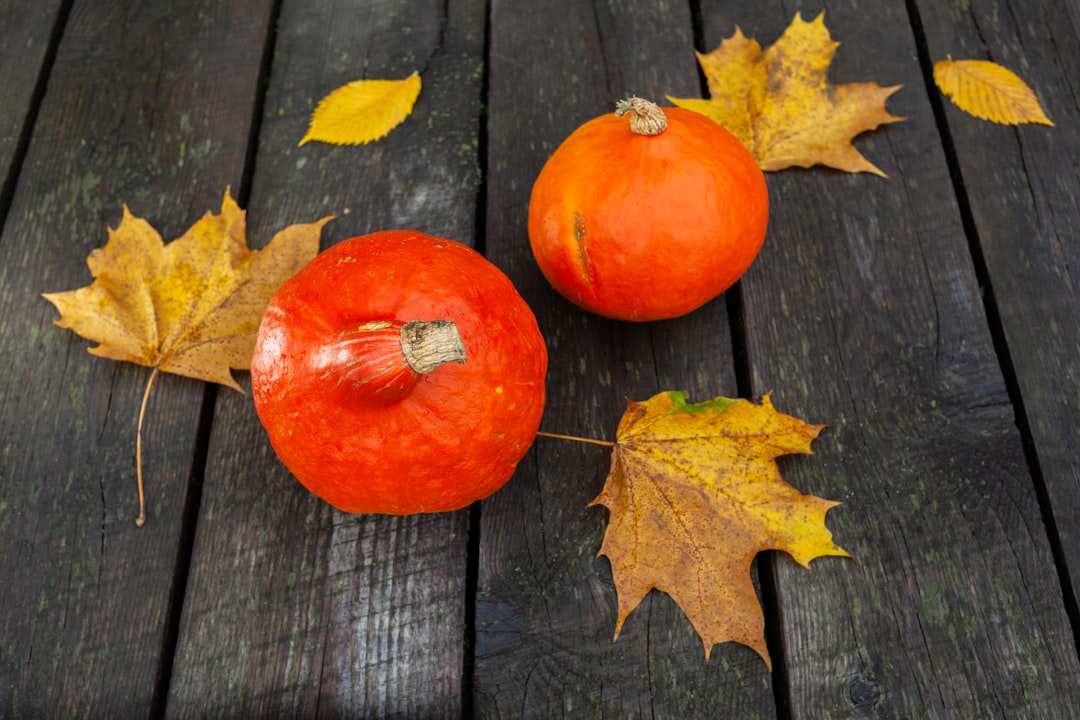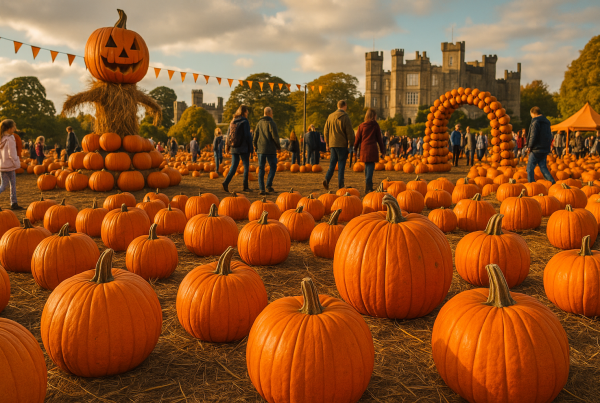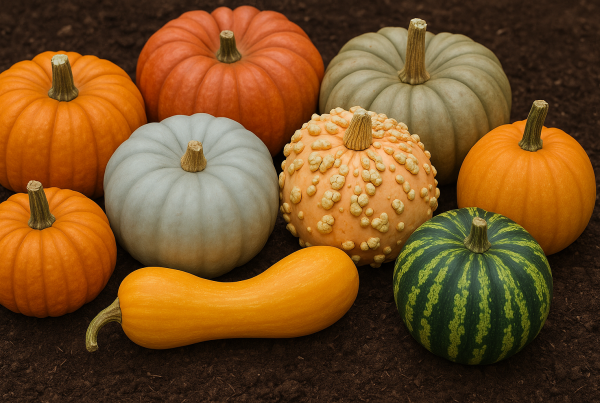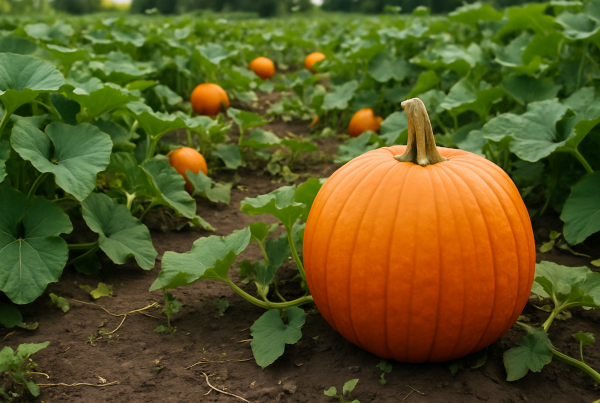The Fascinating Journey of Pumpkins: From Ancient Origins to Modern-Day Celebrations
Pumpkins, a staple of fall festivities and a beloved symbol of harvest time, have a rich and intriguing history that spans continents and centuries. Originating from the ancient lands of Central America, these versatile gourds have been cultivated and cherished by various cultures for their numerous uses, ranging from culinary to ceremonial. The journey of pumpkins from their native regions to becoming an integral part of autumnal celebrations such as Halloween and Thanksgiving is a tale filled with fascinating twists and turns. In this exploration, we will delve into the pumpkin’s origins, uncovering what they were originally used for, and examine their scientific name and family. Join us as we uncover the captivating stories and lesser-known facts about pumpkins, inspiring a newfound appreciation for these orange wonders.
Ancient Origins and Cultural Roles
Tracing Pumpkin’s Ancient Origins
The origin of pumpkins can be traced back to Central America, specifically the region that includes modern-day Mexico. Archaeological evidence suggests that pumpkins were among the first crops to be cultivated by ancient civilizations, dating as far back as 7,500 to 5,000 BC. These early pumpkins were not the sweet, orange varieties we’re familiar with today; rather, they were smaller and more bitter. Indigenous peoples utilized these early pumpkins for their seeds, which were a valuable source of nutrition. Over centuries, selective breeding transformed these ancient gourds into the pumpkins we recognize now. Understanding the pumpkin origin country and its early uses helps us appreciate how this humble plant has evolved and been integrated into various cultural practices around the globe.
Pumpkin Origin Countries
Pumpkins originated in Central America, with Mexico being one of the primary pumpkin origin countries. Archaeological findings indicate that the native peoples of this region were cultivating pumpkins thousands of years ago. These early pumpkins spread from Central America to other parts of the Americas through trade and migration. Evidence suggests that by the time European explorers arrived in the Americas, pumpkins were already a common crop in what is now the United States and Canada. Indigenous tribes across these regions grew and used pumpkins extensively, integrating them into their diets and cultural rituals. As a result, pumpkins became one of the many New World crops that were introduced to Europe and other continents following the Columbian Exchange. This global spread further solidified pumpkins as a versatile and valuable crop, influencing agricultural practices and dietary habits around the world.
What Were Pumpkins Originally Used For
Originally, pumpkins were utilized primarily for their seeds and the hard shell, rather than the flesh. Indigenous peoples in Central America and beyond valued pumpkin seeds for their nutritional content, rich in protein and healthy fats. These seeds were often roasted or ground into flour for use in various dishes. The hard shells served as durable containers or utensils, thanks to their sturdy nature. Additionally, pumpkins played a role in traditional medicine, with different parts of the plant being used to treat ailments. In cultural contexts, pumpkins were part of ceremonial events, symbolizing prosperity and abundance during harvest festivals. Their versatility and adaptability meant that pumpkins were not just a food source but also an integral part of the daily lives and beliefs of the societies that cultivated them. Understanding what pumpkins were originally used for highlights their importance in ancient agricultural and cultural practices.









